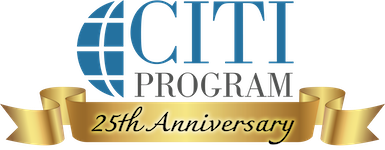Research conducted at universities and academic medical centers is responsible for the development of a myriad of innovative products over the years. These innovations vary from drugs such as Remicade® to new varieties of fruits such as the Honeycrisp Apple. According to the Association of University Technology Managers (AUTM), technology transfer has contributed over $865 billion to the United States’ Gross Domestic Product (GDP) from 1996 to 2017; and since 1980, 200 drugs and vaccines have been developed through public-private partnerships, which underlie the tech transfer process.
Technology transfer offices play a critical role in how ideas developed by university researchers get to market and become useful products and services. These offices scan their universities for novel ideas, file intellectual property where appropriate, market discoveries to industry to find the right development partner, and negotiate agreements with commercial partners to further develop discoveries into products.
However, researchers do not always understand important elements of the technology transfer process and how to leverage technology transfer offices to their benefit. As such, educating researchers is an important, yet often overlooked, component of successful technology transfer. While many offices organize panels and workshops to educate researchers on the process, there remains a need for a comprehensive course that lifts the veil of complexity from the technology transfer process.
For instance, many researchers attend conferences where they give talks and present posters, which they may not realize is a public disclosure under patent law. Along the same lines, some researchers are eager to file patents before critical experiments are done. This may result in not getting their desired claims. Researchers are also often confused about what may constitute an interesting laboratory discovery and what may be considered an invention. Consequently, each year many universities potentially lose out on valuable technologies.
With a better understanding of the technology transfer process, researchers will be more likely to ensure experiments that are needed to perfect inventions are completed before filing and publishing. They will also be more likely to actively participate in the technology transfer process, help technology transfer offices communicate their value propositions to the industry partners, and disclose valuable inventions that would be otherwise lost. In other words, engaged and knowledgeable researchers will pay dividends on the training investment.
In CITI Program’s comprehensive Technology Transfer course, learners will gain the knowledge to engage effectively with their technology transfer offices. The course begins by helping learners understand the role of technology transfer offices and how to work with them. There is also a module on the different types of intellectual property, including what rights each type conveys and for how long. The module further covers the actions that may compromise intellectual property, such as publishing and speaking about research before it is protected. Another module covers the different types of agreements involved in the technology transfer process and when each is used. In this module, learners will gain a deep understanding of how agreements are used as vehicles to license the IP created at the university. Learners will also review the different paths to commercializing scientific discoveries, including licensing to and starting a company.
This course is a must for all types of researchers, including those just embarking on their careers, such as graduate students, and senior faculty members who have filed many patents before. Many inventive clinicians will also benefit from the materials in the course. There is something in this course for everyone.




